Glossary of Data-Related Terms
Common Terms Used to Discuss, Describe, Define and Manage Data
Introduction
Enterprise Data Management is a relatively new endeavor within government institutions. As such, it is important when talking about data management to understand the context for the commonly used terms and eliminate whenever possible any ambiguity that could arise within day-to-day communications. This glossary of terms is designed to provide a foundational vocabulary for anyone new to the discipline of data management. While it is not exhaustive of all terms used in this context, it does include those terms that are used most, and perhaps understood least.
References
- Dataversity
- Department of Homeland Security (DHS) Lexicon Terms and Definitions
- Gartner IT Glossary
- Information Systems Audit and Control Association (ISACA) Glossary
- International Organization for Standardization (ISO) Glossary
- Microsoft
- National Institute of Standards and Technology (NIST) Glossary
- Resources.data.gov Glossary
- The Office of the National Coordinator for Health Information Technology (ONC) Playbook
- Oracle
- US Food and Drug Administration (FDA) Glossary of Computer System Software Development Terminology
- US Geological Survey (USGS)
- US Government Glossary of Interagency and Associated Terms
- World Wide Web Consortium (W3C) Glossary


